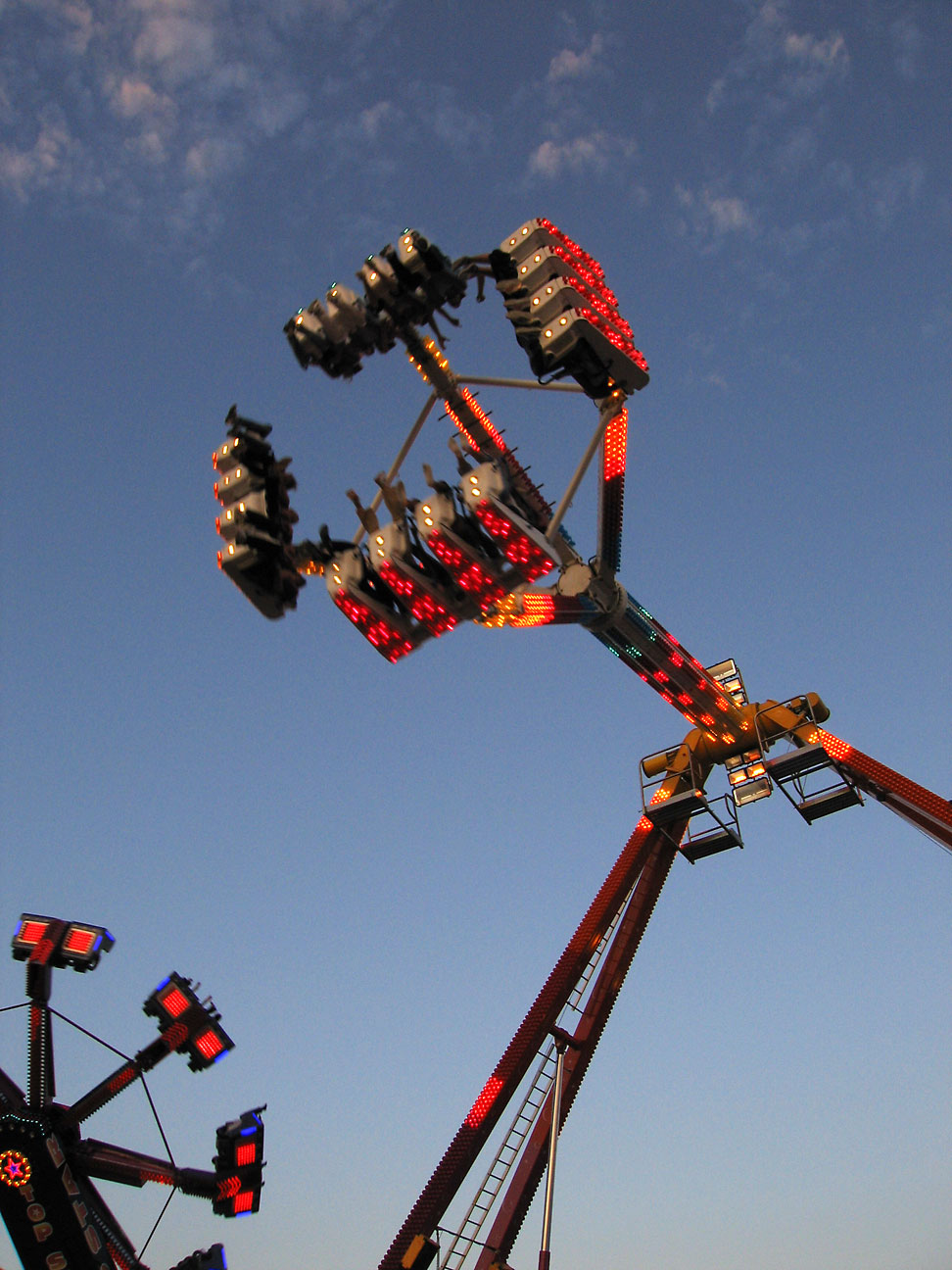|
Palace Playland
Palace Playland is a seasonal amusement park located in Old Orchard Beach, Maine. It has operated on the same site since 1902. History In the 1900s, Palace Playland's startup decade, the then-small amusement park centered on a roller skating rink and adjacent merry-go-round. Simple summer refreshments were served, such as lemonade and salt water taffy. In the 1950s, Palace Playland was operated by future banker and philanthropist Bernard Osher, a Maine native. In the 1970s and 1980s, Palace Playland was noted for operating a 1910 Philadelphia Toboggan Company carousel, PTC #19; however, in 1996, the valuable antique was withdrawn from service and moved to Ohio. In the 1990s, Palace Playland claimed to be "New England's largest pinball and video arcade." A guidebook writer recommended the park to "aficionados of the garish." Today In the 2010s, Palace Playland describes itself as "New England's Only Beachfront Amusement Park." In 2010–11, the park tore down and re ... [...More Info...] [...Related Items...] OR: [Wikipedia] [Google] [Baidu] |
Old Orchard Beach, Maine
Old Orchard Beach is a resort town and census-designated place (CDP) in York County, Maine, United States. The population was 8,960 at the 2020 census. It is part of the Portland− South Portland−Biddeford, Maine Metropolitan Statistical Area. Located on the inner side of Saco Bay on the Atlantic Ocean, the town is a popular seaside resort. The downtown contains many tourist-oriented businesses, including clam shacks and T-shirt shops. A wooden pier on the beach contains many other tourist businesses, including a variety of souvenir shops. The seven mile (11 km) long beach actually covers three different towns (Scarborough, Old Orchard Beach, and Saco, north to south), and is lined with many beach residential properties, condominiums, motels and bed and breakfasts. Early history The first European visitor to the area around the mouth of the Saco and Goosefare rivers was British explorer Martin Pring in 1603. Members of the Abenaki tribe inhabited pockets of the area b ... [...More Info...] [...Related Items...] OR: [Wikipedia] [Google] [Baidu] |
Canadian French
Canadian French (french: français canadien) is the French language as it is spoken in Canada. It includes multiple varieties, the most prominent of which is Québécois (Quebec French). Formerly ''Canadian French'' referred solely to Quebec French and the closely related varieties of Ontario (Franco-Ontarian) and Western Canada—in contrast with Acadian French, which is spoken by Acadians in New Brunswick (including the Chiac dialect) and some areas of Nova Scotia (including the dialect St. Marys Bay French), Prince Edward Island and Newfoundland & Labrador (where Newfoundland French is also spoken). In 2011, the total number of native French speakers in Canada was around 7.3 million (22% of the entire population), while another 2 million spoke it as a second language. At the federal level, it has official status alongside Canadian English. At the provincial level, French is the sole official language of Quebec as well as one of two official languages of New Brun ... [...More Info...] [...Related Items...] OR: [Wikipedia] [Google] [Baidu] |
Troika (ride)
The Troika is an amusement park ride designed and manufactured by HUSS Park Attractions in the mid-1970s. The name Troika means "group of three" in Russian, a reference to its three armed design. There are several variations on the design. Design HUSS Park Attractions designed and manufactured the first Troika ride in the mid-1970s. It is named after the Russian word meaning "group of three", a reference to its three armed design. Description and operation A Troika consists of three arms radiating from a central column. At the end of each arm is a wheel-like assembly (star) holding seven gondolas, each of which seats 2 people side by side. When the ride is activated, the central column rotates clockwise, while the Star at the end of each arm rotates counterclockwise. Hydraulic cylinders then raise the arms to an angle of 40°. The gondolas do have some capacity to rock from side to side, but this is minimal. At the end of the ride cycle, the arms are lowered, and the rotatio ... [...More Info...] [...Related Items...] OR: [Wikipedia] [Google] [Baidu] |
Drop Tower
A drop tower or big drop is a type of amusement ride incorporating a central structure or tower. Drop towers vary in height, passenger capacity, lift type, and brake type. Many are custom-made, although there are some mass-produced designs. The most widely sold drop towers have been manufactured by Intamin and S&S Sansei, however Larson International and Funtime have their own drop tower models available as well. Riders initially experience free fall, followed by rapid heavy deceleration. With most drop towers, a gondola carrying riders is lifted to the top of a large vertical structure, then released to free-fall down the tower. Brakes slow the gondola as it approaches the bottom of the ride. Some designs expand on this concept with features such as rotating gondolas, or several bounces before coming to rest. Most drop towers require child riders to meet a minimum height; limits vary widely depending upon the nature of the tower, with a tower for smaller children at least ... [...More Info...] [...Related Items...] OR: [Wikipedia] [Google] [Baidu] |
Bumper Cars
Bumper cars or dodgems are the generic names for a type of flat amusement ride consisting of multiple small electrically powered cars which draw power from the floor and/or ceiling, and which are turned on and off remotely by an operator. Bumper cars were not intended to be bumped, hence the original name "Dodgem." They are also known as bumping cars, dodging cars and dashing cars. The first patent for bumper cars was filed in 1921. Design The cars are commonly powered by one of three methods. The oldest and most common method, the Over Head System (OHS), uses a conductive floor and ceiling with opposing power polarities. Contacts under the vehicle touch the floor while a pole-mounted contact shoe touches the ceiling, forming a complete circuit. A newer method, the Floor Pick-Up (FPU) system, uses alternating strips of metal across the floor separated by insulating spacers, and no ceiling grid. The strips carry the supply current, and the cars are large enough so that the ve ... [...More Info...] [...Related Items...] OR: [Wikipedia] [Google] [Baidu] |
Zamperla
Antonio Zamperla S.p.A. is an Italian design and manufacturing company founded in 1966. It is best known for creating family rides, thrill rides and roller coasters worldwide. The company also makes smaller coin-operated rides commonly found inside shopping malls. Zamperla builds roller coasters, like the powered Dragon Coaster, Mini Mouse, Zig Zag, and Volare. In 2006, Zamperla announced Motocoaster, a motorcycle-themed roller coaster. Rights to some of S.D.C.'s rides were handed to Zamperla (along with S&C and S&MC) after the company went bankrupt in 1993. In 2005 the founder of the company, Mr. Antonio Zamperla, became the first Italian to be inducted into the IAAPA Hall of Fame by virtue of his significant contribution to the entire industry, joining other pioneers such as Walt Disney, George Ferris and Walter Knott. Unlike companies such as Intamin, Vekoma, or Bolliger & Mabillard that concentrate on larger and faster roller coasters, Zamperla focuses on more famil ... [...More Info...] [...Related Items...] OR: [Wikipedia] [Google] [Baidu] |
Power Surge (ride)
Power Surge is a high-impact thrill ride designed by Italian ride manufacturer Zamperla. The Power Surge was first operated in 1999, and is produced in both trailer-mounted and park versions. Zamperla recommends that riders be 48 inches (122 cm) or taller; however, 52 inches (132 cm) is more common. Design and operation Six fixed arms are connected in an asterisk pattern, with two sets of two seats attached at right angles to the arms. The arm assembly is connected to a main arm. Twenty-four riders at a time can be loaded onto the ride. Riders are restrained by an over-the-shoulder harness, with their legs dangling free for excitement. When this ride is activated, multiple movements occur. The arm assembly rotates, the main arm is raised from the stationary position to an angle of approximately seventy degrees from the horizontal. Once this height is reached, the main arm is capable of rotating, with the combined rotations of both sections causing the seat se ... [...More Info...] [...Related Items...] OR: [Wikipedia] [Google] [Baidu] |
Pirate Ship (ride)
A pirate ship is a type of amusement ride based on pirate ships, consisting of an open, seated gondola (usually in the style of a pirate ship) which swings back and forth, subjecting the rider to various levels of angular momentum. A variant where the riders must pull on ropes to swing the ride is known as a swing boat. The first known predecessor of the ride was invented by Charles Albert Marshall of Tulsa, Oklahoma between 1893 and 1897. This ride was originally called "The Ocean Wave". The Ocean Wave was first used in the Marshall Bros Circus in 1897. The circus was run by Charles and his brothers Mike, Will, Ed, friends, and family. Height requirements Height requirements for this type of ride vary from park to park. For example, Hersheypark, which has a Huss Pirate Boat, has a height requirement of or more to ride, while at LaRonde, which also has a Huss Pirate Boat, riders must be or taller. Huss recommends that the lowest a height requirement should be is , bu ... [...More Info...] [...Related Items...] OR: [Wikipedia] [Google] [Baidu] |
Matterhorn (ride)
The Matterhorn or Flying Bobs, sometimes known by alternate names such as ''Musik Express'' or ''Terminator'', is an amusement ride very similar to the Superbob, which consists of a number of cars attached to axles that swing in and out. The hill and valley shape of the ride causes a pronounced swinging motion: the faster the ride goes, the more dramatic the swinging motion. This ride is commonly seen at a travelling funfairs. Most carnivals and parks require riders to be at least 42 inches or taller. United States Rides are commonly known as "Flying Bobs". They can typically be found at carnivals, where another common name for them is the "Himalaya," but can also exist at amusement parks such as the Flying Bobs at DelGrosso's Amusement Park, KonTiki at Six Flags New England and at Coney Island (Cincinnati) and Matterhorn at Cedar Point and Lake Winnepesaukah. The carnival rides are typically transported on two trucks. One is for the ride itself, and the other is for the swi ... [...More Info...] [...Related Items...] OR: [Wikipedia] [Google] [Baidu] |
Cliffhanger (ride)
The Cliff Hanger is an amusement park ride that is meant to simulate hang gliding. Design This device consist of a steel boom with a hinged end. Attached to the boom are hydraulic cylinder rams that push the boom upward about 75 degrees off a base trailer with supporting outriggers, or concrete set in. Attached to the opposite end of the boom the hitch is on, is a avon bearing in which a circular collar is fixed. The collar has sweeps attached via bushings, sweeps primarily consist of foldable triangular truss structures. Attached to the parameter of the sweeps are gondola cars with kite tops. The cars are designed to hold 3 people in a laid position. In the center most models of these rides have a pyramid style center ornament with lights. This ride also has a very strong light package set, running along the perimeter of the sweep to sweep cams. The ride most commonly uses kites, flags and banners in its operating structure to hide its skeletal lurking beams. The rides paint ... [...More Info...] [...Related Items...] OR: [Wikipedia] [Google] [Baidu] |
Pendulum Ride
Pendulum rides are amusement rides based on the motion of a fixed pendulum. The configuration of the ride consists of a gondola, arm, and an axle. One end of the arm is fitted with a passenger-carrying gondola, while the other is attached to the axle. In some models, the arm extends beyond the axle and is fitted with a heavy counterweight. The counterweight is often used when the gondola swings through an inversion. In addition to swinging back and forth, some designs incorporate rotating gondolas and may send riders through a complete inversion. Pendulum rides are propelled by one of two methods: a series of DC motors driving the axle or wheels at the base of the station pushing the gondola as it swings by. List of rides Rides that can be considered pendulum rides include: *Ali Baba * Booster (Fabbri) *Freak Out (KMG Rides) *inversion 12 (KMG Rides) *Inversion 24 (KMG Rides) *XXL (KMG Rides) *Vortex (KMG Rides) *Sicko (KMG Rides) *Afterburner (KMG Rides) *Looping Starship *Pira ... [...More Info...] [...Related Items...] OR: [Wikipedia] [Google] [Baidu] |
SBF Visa Group
SBF Visa Group is an Italian company known for its amusement rides and roller coaster designing. SBF was founded in 1952 by Italo Frison, who initially constructed bumper cars and then children's rides. List of roller coasters As of 2021, SBF Visa Group has built 324 roller coaster A roller coaster, or rollercoaster, is a type of amusement ride that employs a form of elevated railroad track designed with tight turns, steep slopes, and sometimes inversions. Passengers ride along the track in open cars, and the rides ar ...s around the world. Other attractions References External links * Listing of SBF Visa Group at the Roller Coaster DataBase {{Amusement rides Amusement ride manufacturers Roller coaster manufacturers ... [...More Info...] [...Related Items...] OR: [Wikipedia] [Google] [Baidu] |
.jpg)
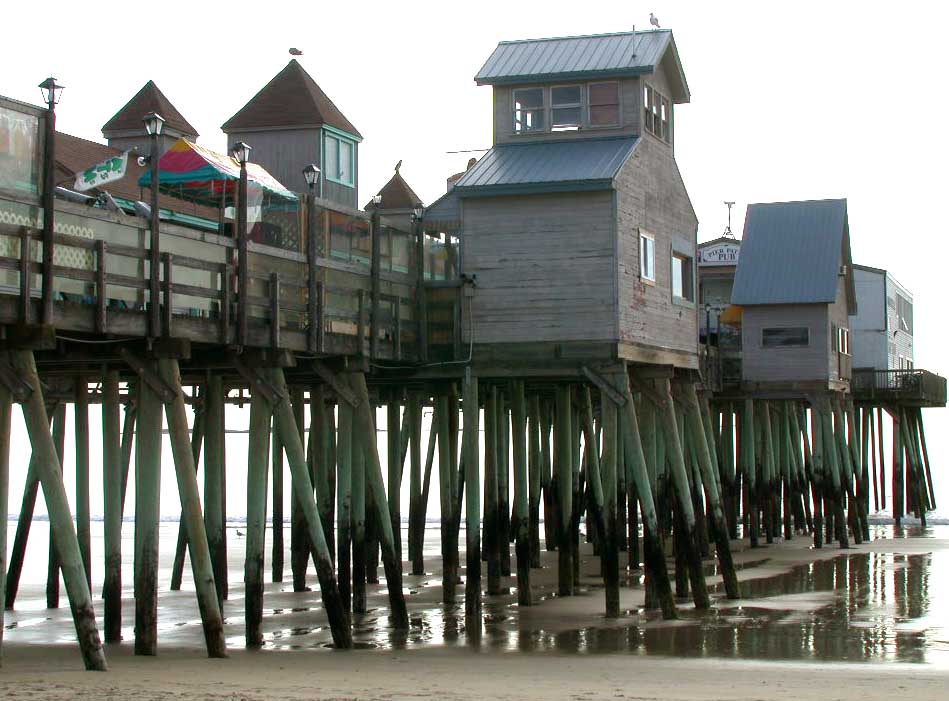

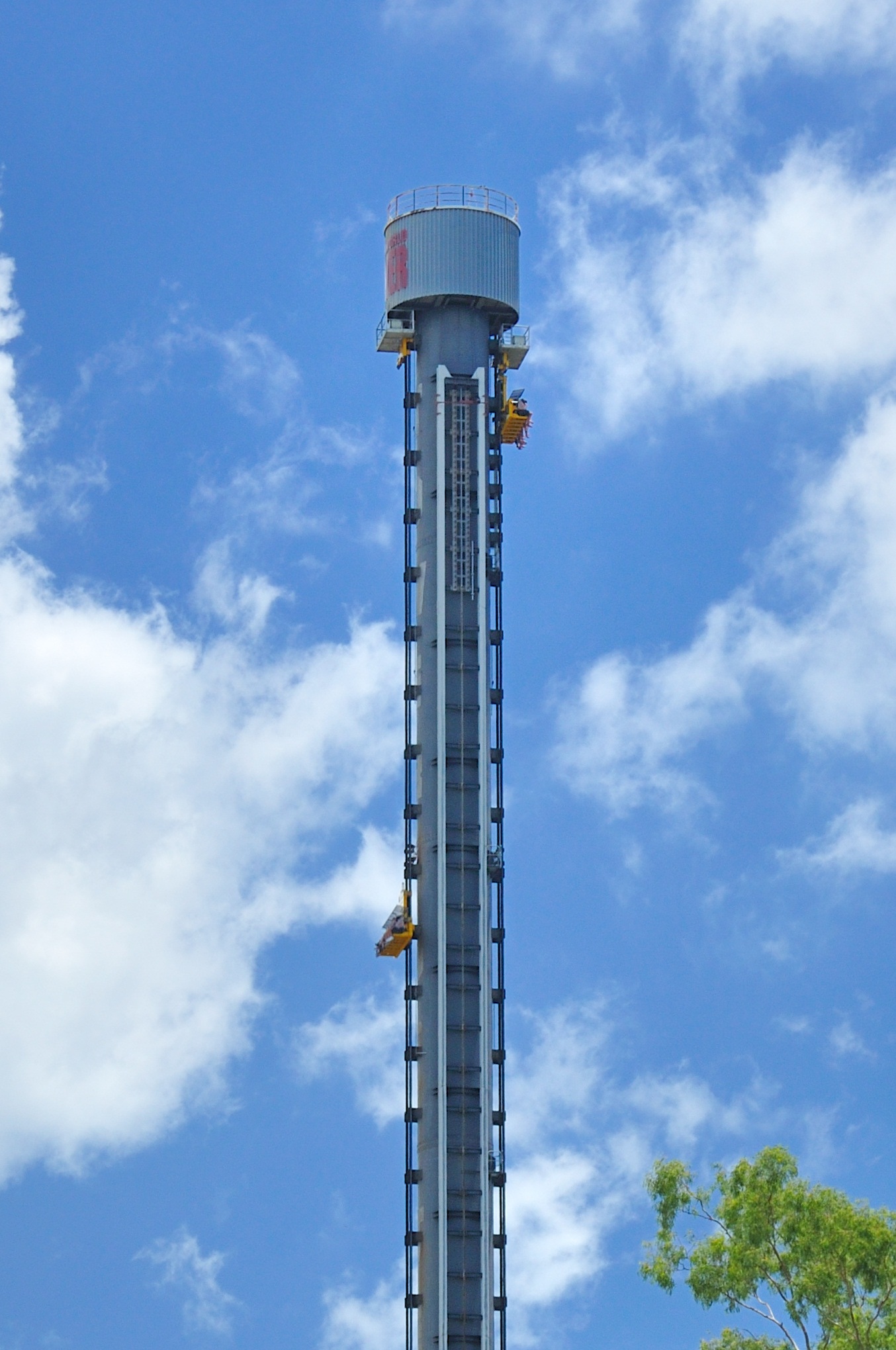
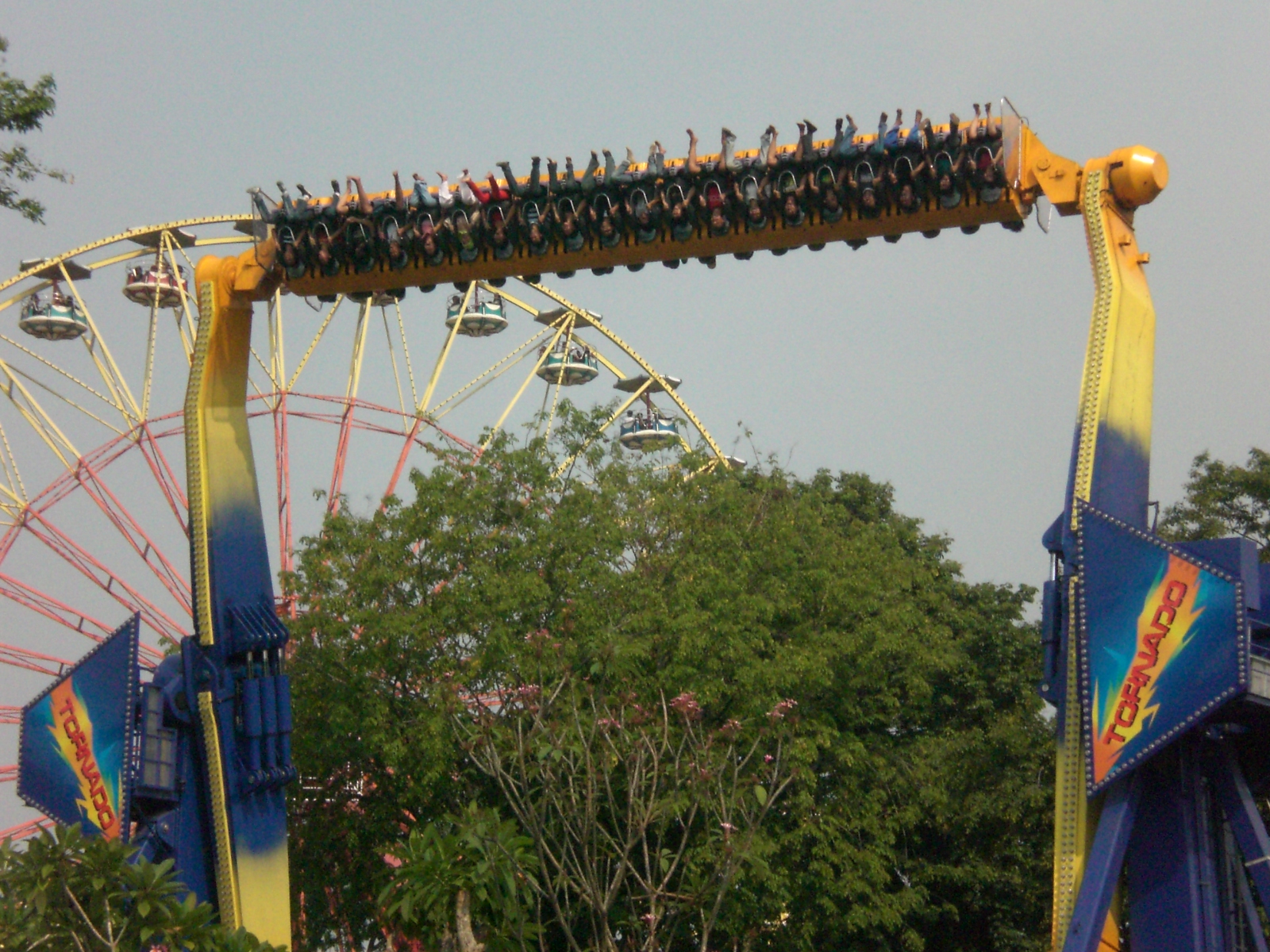
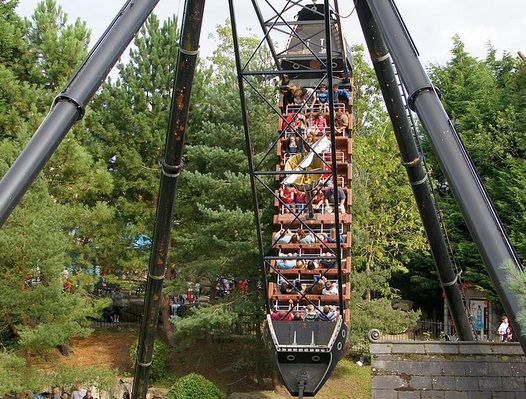
.jpg)
